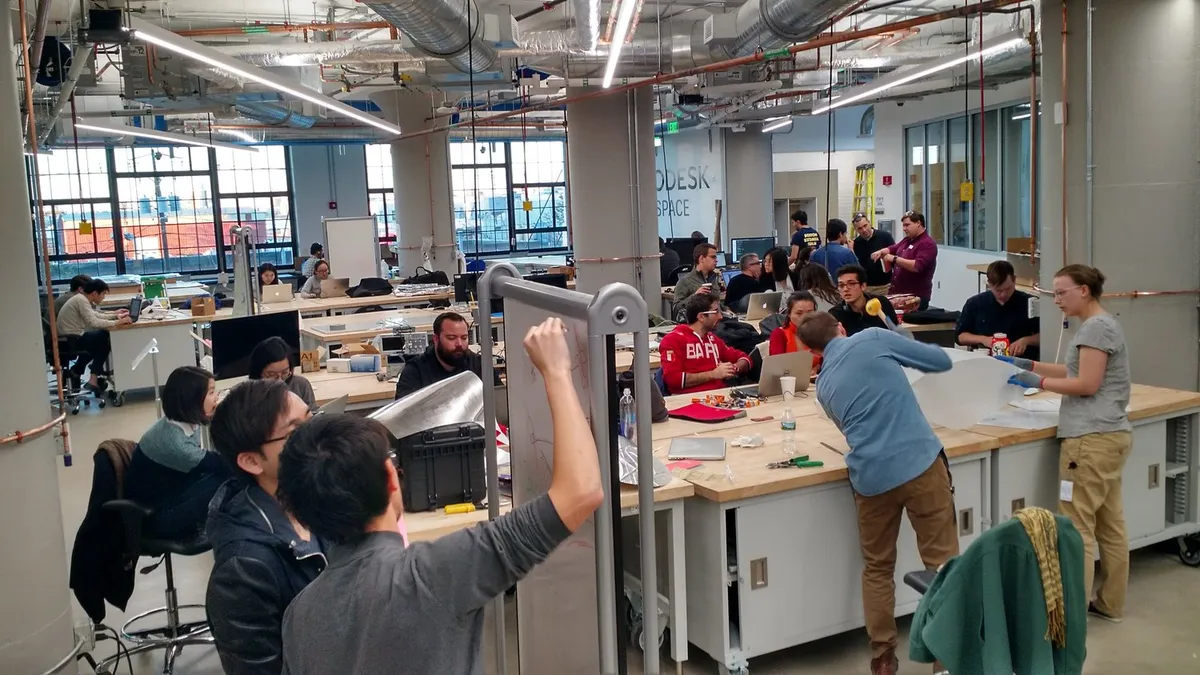Editor's note: This piece was written by John Sharp, equipment director for Florida-based Hubbard Construction Company. Sharp has been with HCC for 18 years, and has also worked as dispatcher, fleet manager, maintenance manager and equipment operations manager.
With some 1,500 pieces of equipment – nearly 400 of them heavy equipment – highway specialist Hubbard Construction has adopted the following process to boost machine productivity and reduce costs.
Don't buy it if it isn't used 70% of the time
Equipment utilization is key. When we look at our fleet, we want to own any machine that has 70% utilization on a regular basis. Anything else we rent as needed. The core machines we own give us control over critical site tasks and reassure clients about how we are going to deliver projects when tendering.
Keep the machine for the first component life, then replace
We have over 25 years of maintenance history that tells us how long to expect each machine type to last. Typically that’s anywhere between 10,000 and 15,000 hours over eight to nine years. Our goal is to run a machine for its "first life," only retiring it as it approaches 85% to 90% of its major component lifespan.
A four-hour-plus repair should be done by the dealer
Modern machines are so specialized and computerized that for anything major you have to get a dealer technician in. We can’t expect our guys to know the intricacies of all the major brands of machine – or put all the service modules on our computers. We are increasingly relying on dealers to keep our machines up and running.
Total maintenance should equal total peace of mind
Every machine we buy comes with a total maintenance and repair contract. So, if I buy a Volvo crawler excavator, I expect that machine to be looked after by my Volvo dealer for eight years, 12,000 hours – and give me a guaranteed buy-back at the end.
It’s the total package that wins the day
We put values on each of the services a manufacturer and its dealers deliver to us. Price is the last thing we look at. We don’t buy the cheapest, but the one that delivers best value and lowest cost of ownership. We rank manufacturers on eight aspects:
- Field tech availability
- Workshop performance
- Parts availability
- Rental costs
- Rental availability
- Condition-based monitoring program
- Machine specification
- Purchase price
Dealers have to help manage data
Machine technology is a good thing – but dealers have to help manage it, as it can be very cumbersome. That’s why we require dealers to provide a conditioned-based monitoring program. Manufacturers and dealers have to deliver the value from all the machine data. I welcome dealers calling up and telling me a machine is underperforming, or being operated incorrectly, because that’s going to help me lower my cost per hour through less downtime or expensive component repair.
Machines have to be easier to use
It’s not easy for operators to jump from a Volvo to a Cat to a Komatsu. The controls are similar but there are differences that can reduce safety and productivity. There is a shortage of skilled operators, but modern machine control systems are compensating for this, and helping us get guys in seats. Systems that help operators dig down to exactly the required depth – but no further have the power to boost efficiency and productivity by up to 15%.
Autonomous machines are the future
The labor pool isn’t like it was in the 50s, 60s and 70s where there were lots of skilled operators. To combat the shortage, I see autonomous or semi-autonomous machines as an interesting development for boosting safety and productivity. Manufacturers are going to have to move in that direction.
Boosting productivity wins business
Finishing a project earlier than planned allows contractors to be more efficient and get to the next job quicker. More productive equals more competitive and more profitable. That’s the ultimate goal of machine ownership. If our overall cost of equipment is lower than our competition, then it can make a difference. I see the effective use of equipment data and machine control systems as being important tools in winning the productivity and profitability battle.














